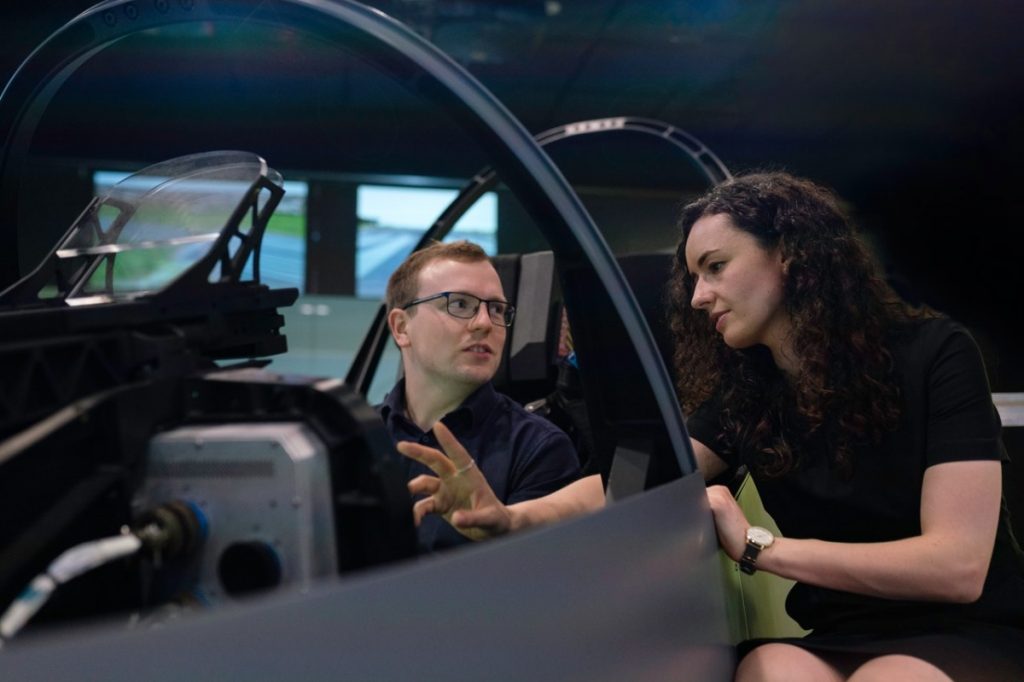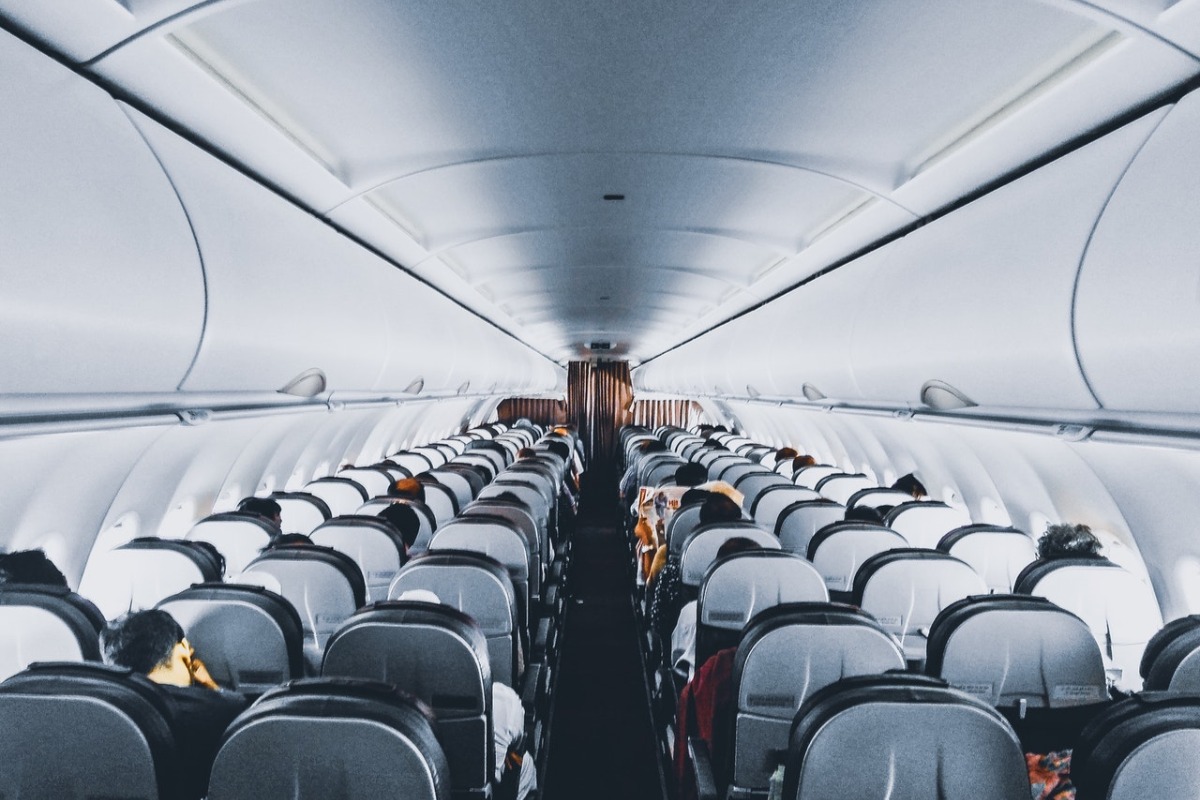It’s safe to say that technology has changed the aviation industry. From in-flight experiences to more efficient maintenance processes, these technological advancements have allowed the industry to significantly improve safety measures, train staff more efficiently, and improve passengers’ end-to-end experience.
One of the most significant pieces of technology that has changed the aviation industry is the flight simulator. They have become an integral part of the aviation industry, training future pilots to assess real-life situations without the risk. What used to be small, prototype-like machines that helped simulate an aircraft have now turned some simulators into fully digital virtual reality (VR) gear that allows pilots to train in a lifelike environment without the need of costly simulation equipment or the use of an actual aircraft.
The Benefits of Flight Simulators
Flight simulators not only ensure safety in aviation training but also provide many benefits that create an ideal and efficient environment for training.
Ideal Environment for Learning
One of the benefits of using flight simulators instead of actual aircraft, aside from removing the risk of injury or accidents during training, is that flight simulators supported by VR allow for an ideal environment for learning. Students can benefit from a lower level of noise, allowing the instructor to communicate each lesson to the student clearly and effectively. This also helps the student absorb information accurately so that they can properly learn the skills they need to acquire during each lesson.
Flight simulators also offer an environment with regulated temperatures. Uncomfortable temperatures and humidity can easily become a distraction, so regulating temperatures can help keep a conducive and comfortable learning environment.
Time and Energy-Efficient
Going to a designated area to train and starting up an aircraft can not only take up time, but it can also eat up resources. Aside from this, you still have to worry about weather disturbances that can cause delays in training. With flight simulators, you won’t need to worry about these things as most, if not all, simulations take place indoors.
Allows for Immediate Feedback
Unlike training with an aircraft, flight simulators can be paused or stopped at any time, allowing instructors to give more detailed feedback during a lesson. This also helps them address any issues right away and even repeat the lesson if needed.
woma
How Flight Simulators Changed the Industry
Safer Training Methods
A study by the AOPA Air Safety Institute and the Liberty University School of Aeronautics concluded that some of the biggest causes of instructional accidents were midair collisions and loss of control during flights. With these statistics in mind, it’s safe to say that flight simulators are a better alternative for both instructors and students. The technology allows students to practice maneuvers that are usually too dangerous to test out in the sky and simulate situations that are likely to happen in real life, but without the risk.
While some may think that this can affect one’s performance should they face these problems in real life, studies show that they perform just as well in real life as they do in simulations.
Crews are Better Prepared for Emergencies
Pilots aren’t the only ones who benefit from simulation machines. Companies like Japan airlines are even training crews and airline mechanics using augmented reality, allowing mechanics to save on paper and interact with different engines and parts, while airline crew can interact with switches and other instruments that can help make the training process more efficient even at home.
Allows Companies to Improve their All-Around Service
Different airlines have different requirements, but in most cases, when it comes to the quality of an aircraft’s parts and the training of its pilots, these requirements are similar if not the same. While parts usually need to be ISO 9001 PCB-certified, many if not all airlines require their pilots to utilize flight simulators for their training and certification.
Helps Improve Passenger Safety
Technology is important for airlines to improve not only their service but to innovate ways to improve passenger safety. This goal is achieved through the proper training of pilots, crew, and mechanics while providing the best quality aircraft to ensure that passengers have a safe journey to and from their destinations.
Technology is shaping the future of the industry, from the use of Artificial Intelligence (AI), biometrics, and even robotics to improve every aspect of airline operations. And as these pieces of technology continue to increase and evolve, the opportunities for the aviation industry are limitless, whether it’s training methods or service operations. With things going at such a rapid pace, we’re likely to see more technology improve slight simulators to make them an even more accurate and efficient learning environment for both students and instructors.

